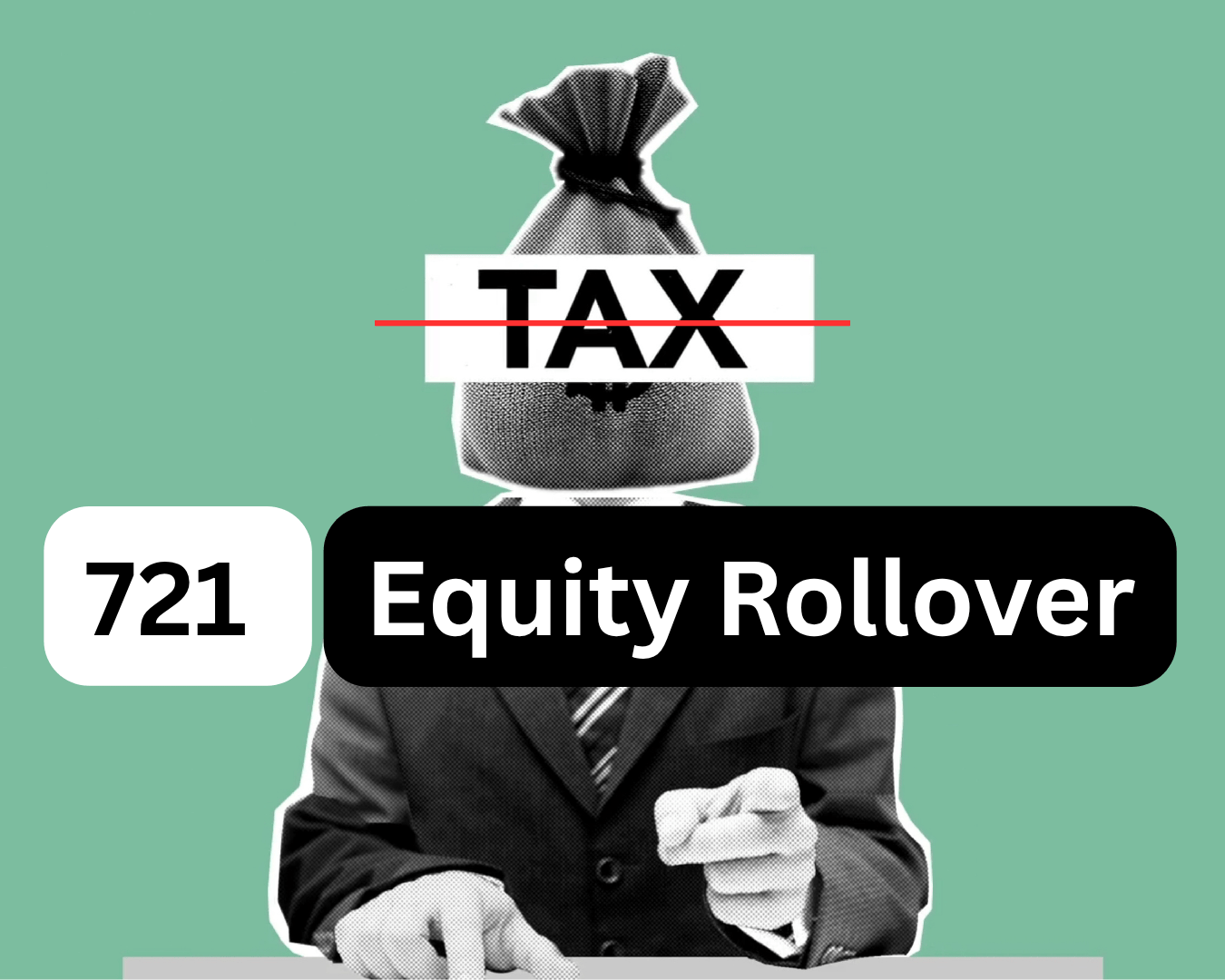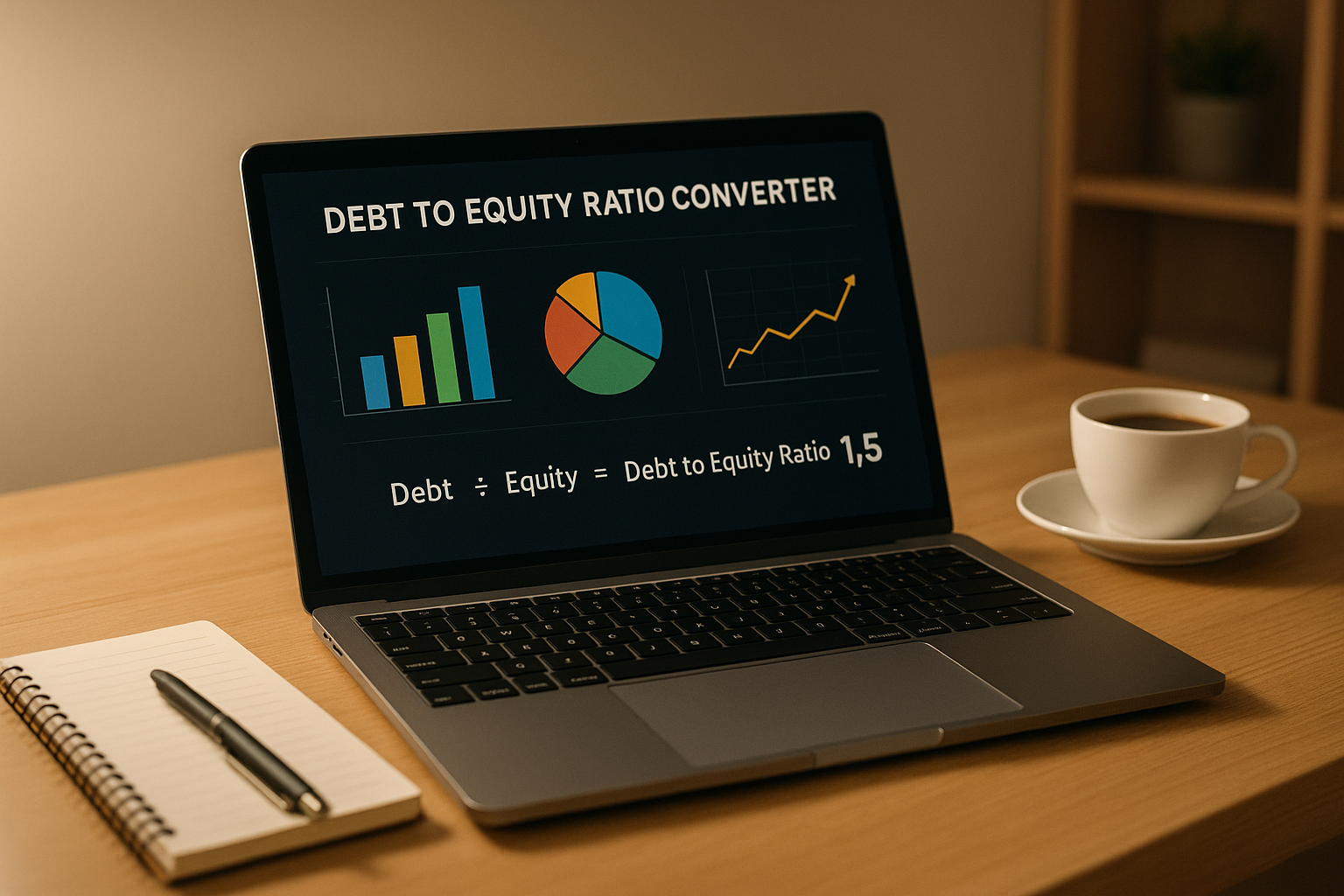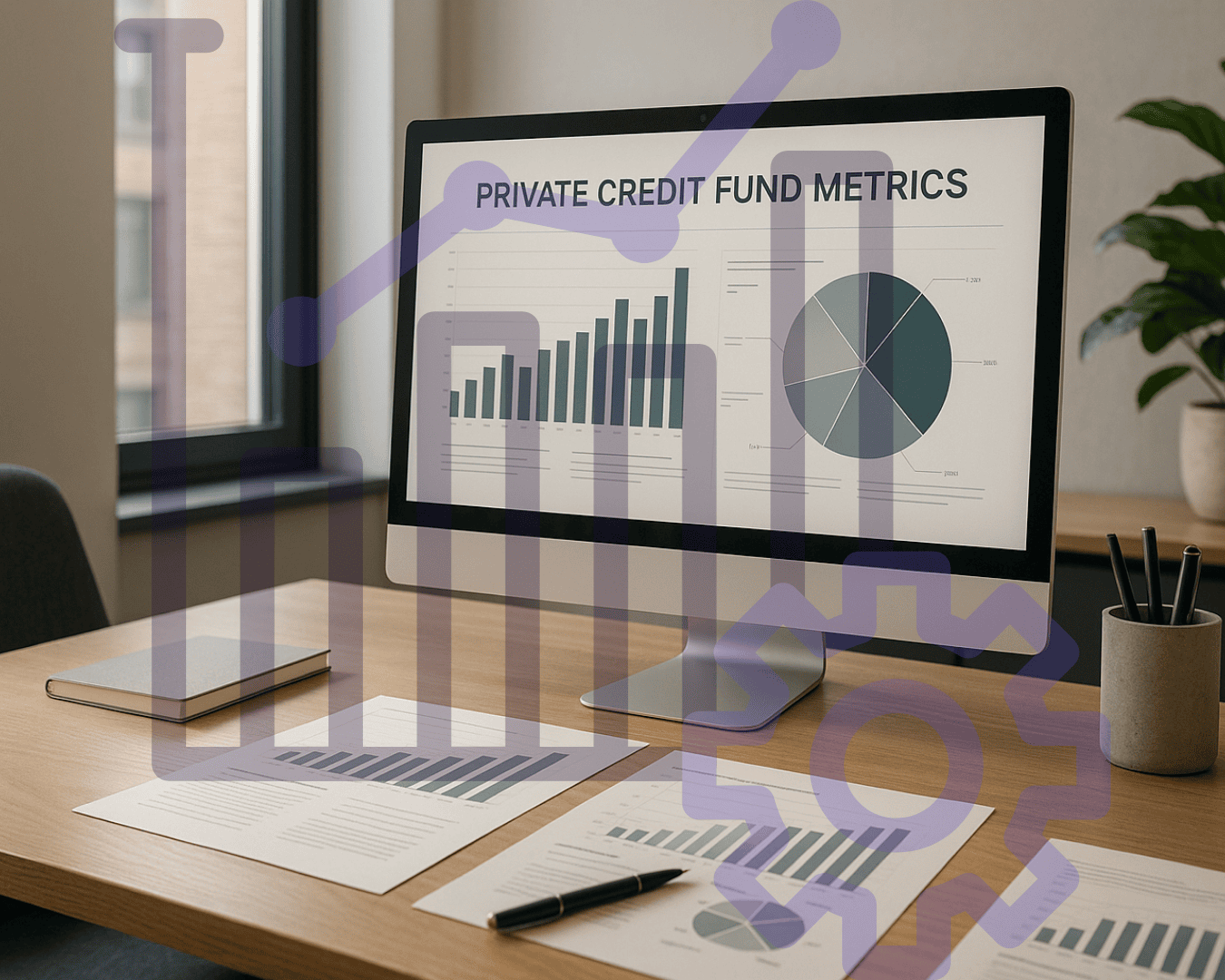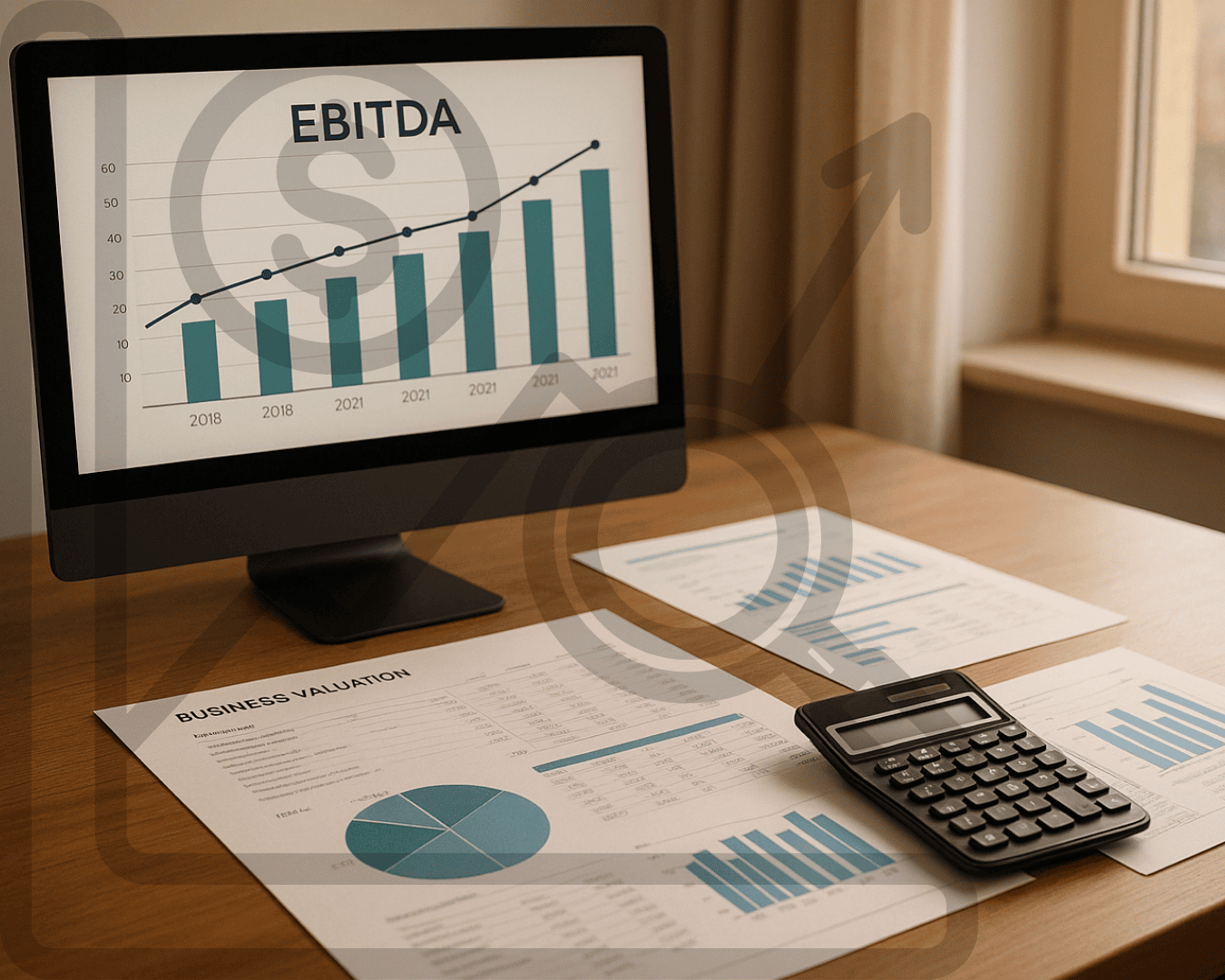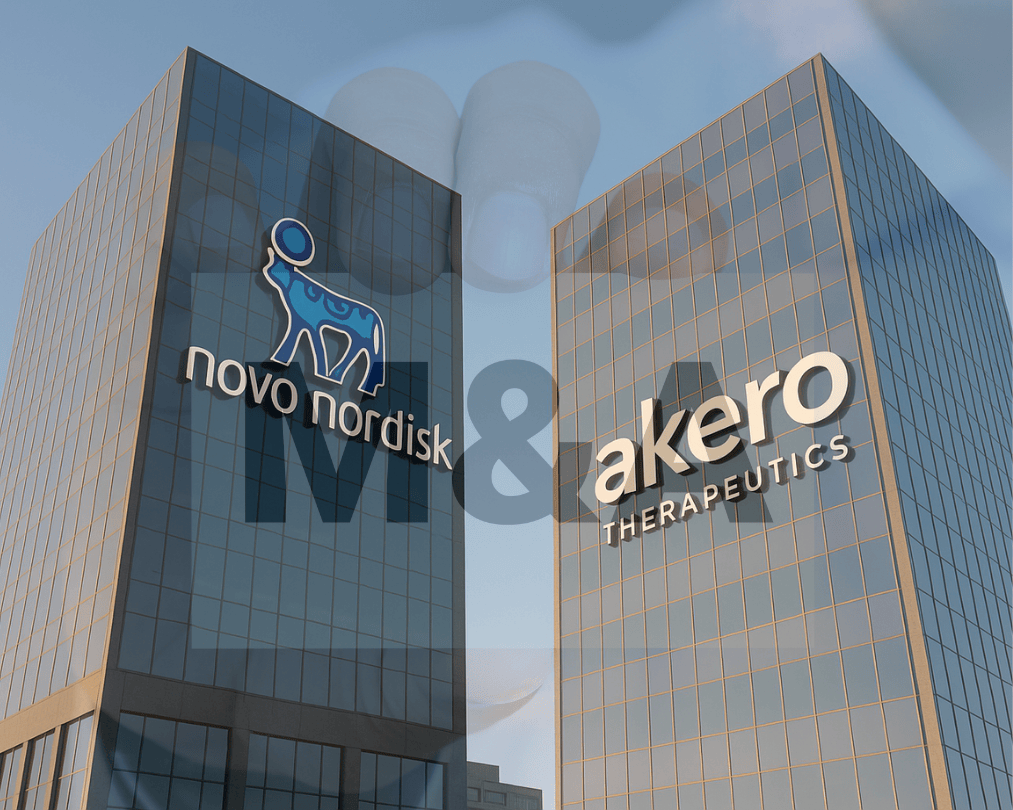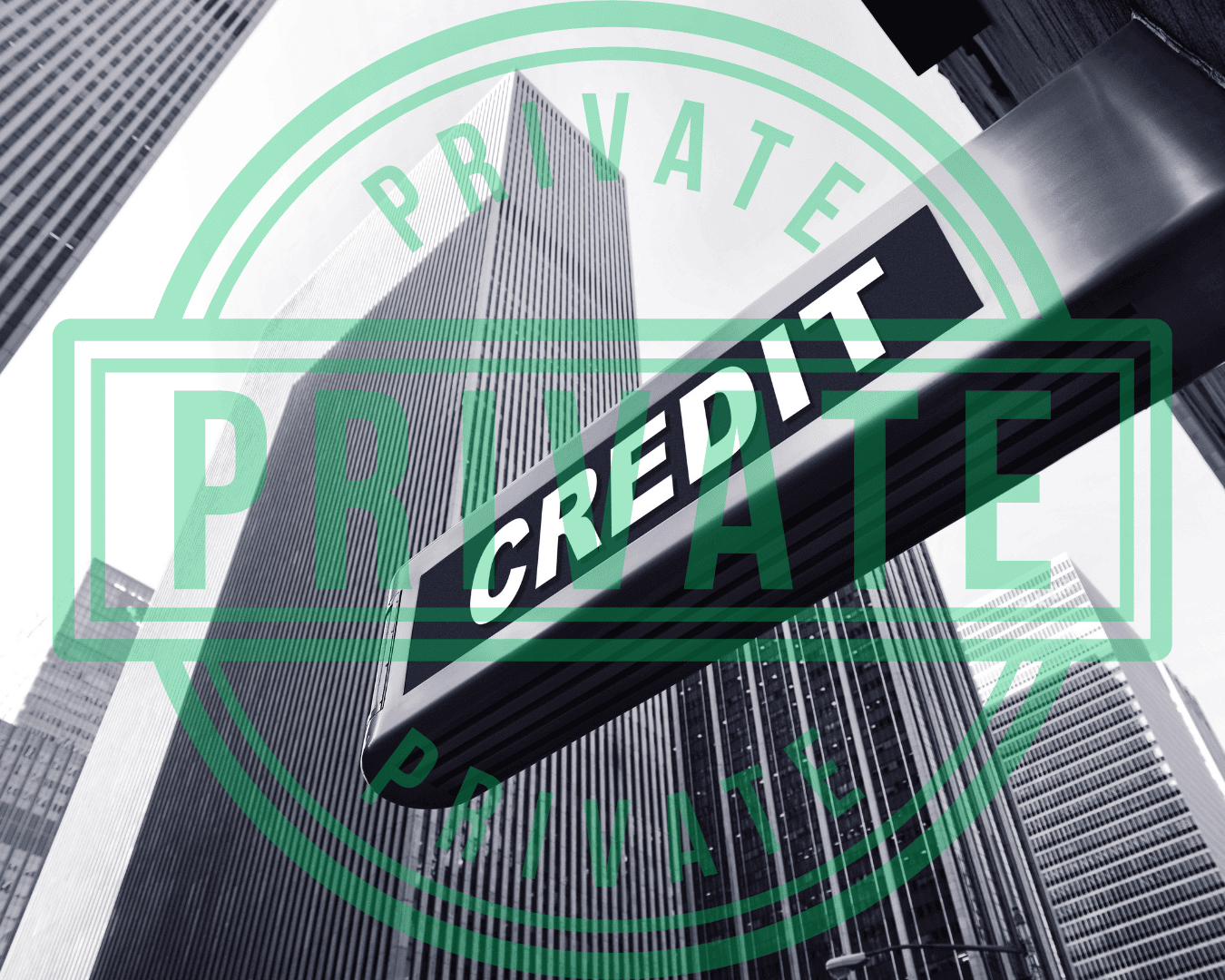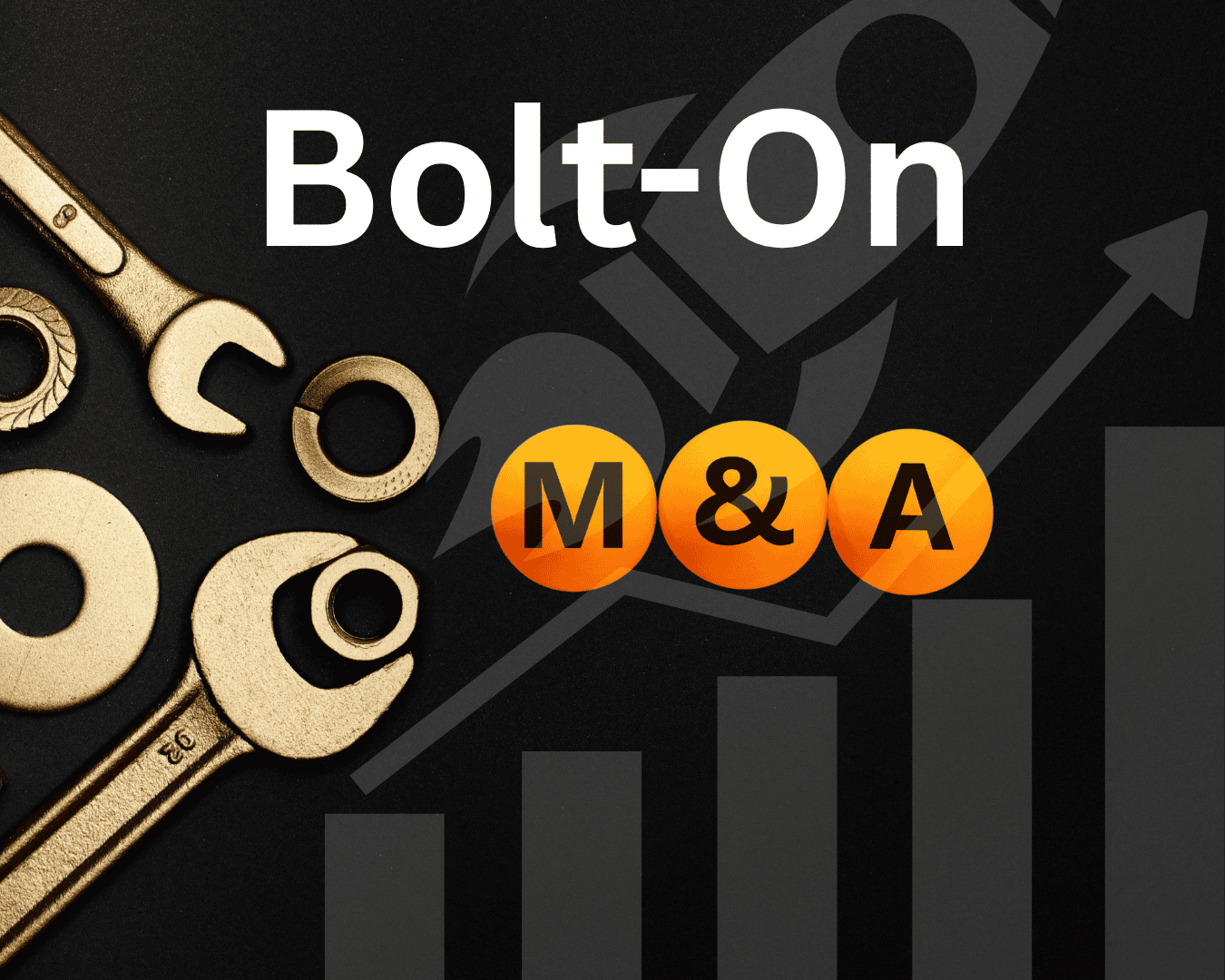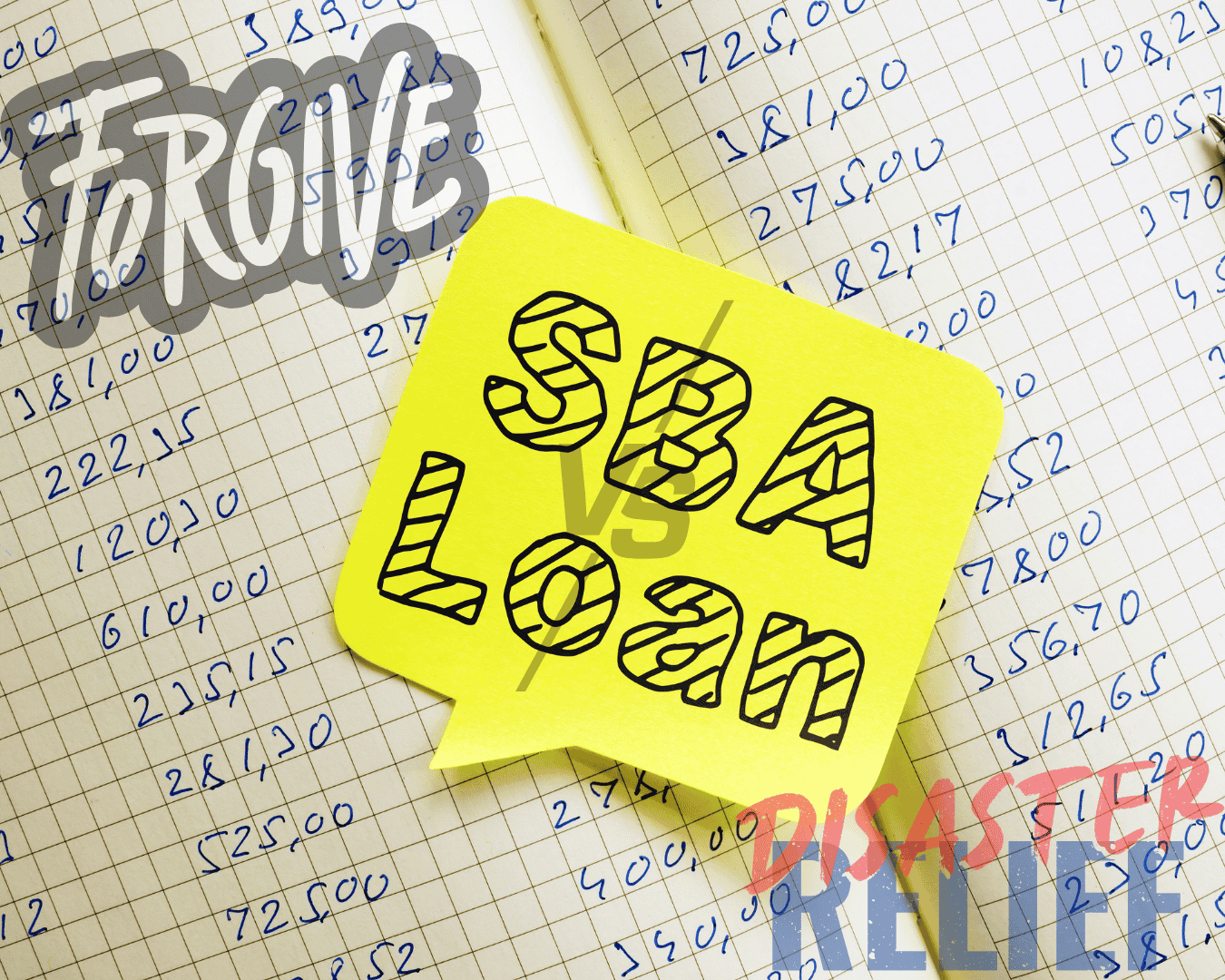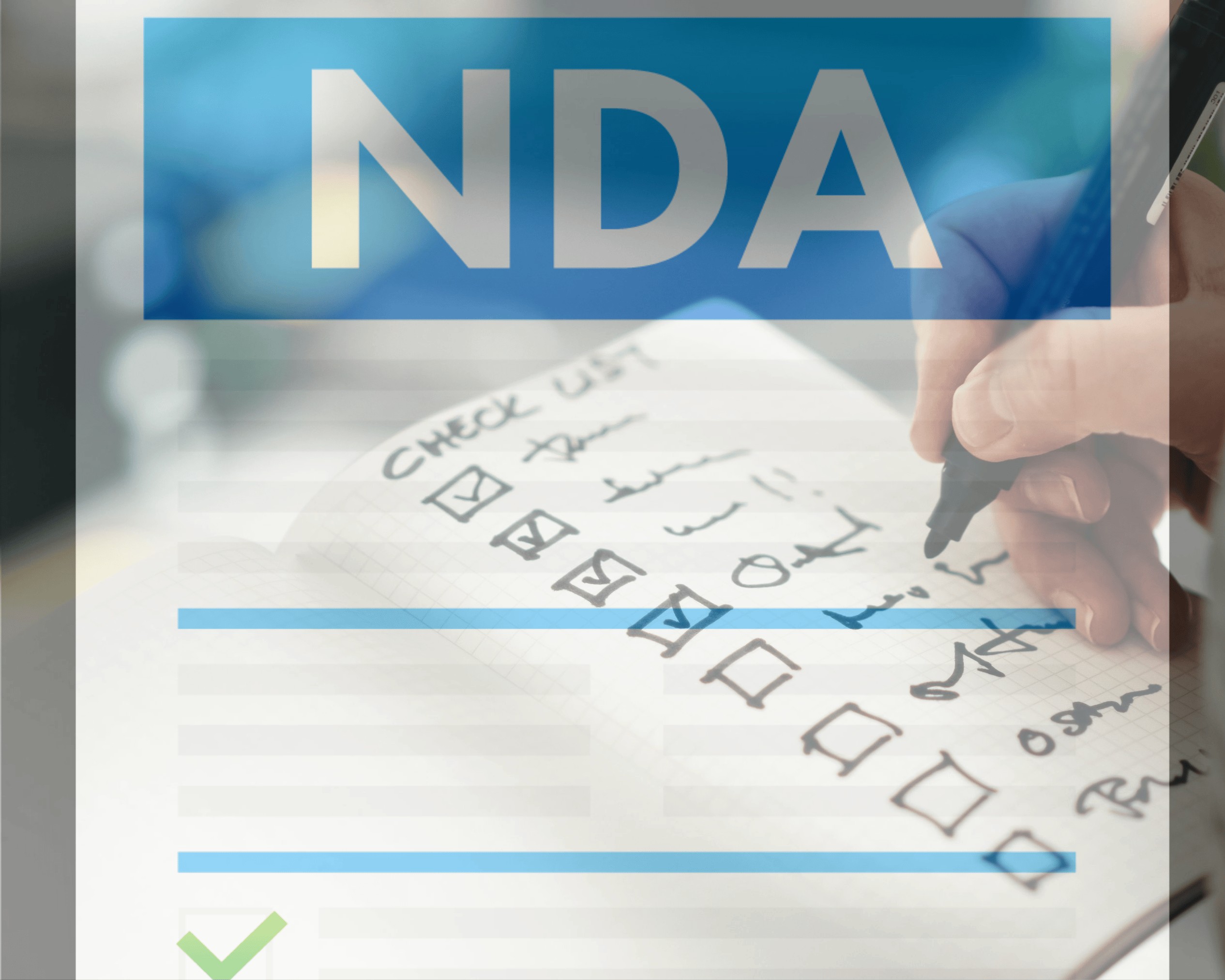Getting approved for an SBA loan can be challenging. But with the right approach, you can improve your chances significantly. Here’s what you need to focus on:
- Understand SBA Loan Requirements: Aim for a credit score of 680+ and ensure your business meets size and revenue standards.
- Organize Financial Documents: Prepare tax returns, bank statements, and a clear business plan.
- Write a Strong Business Plan: Outline your goals, market analysis, and financial projections.
- Show Healthy Cash Flow: Highlight reliable income streams and manage your debt-to-income ratio.
- Build Good Credit: Pay bills on time, reduce debt, and review your credit reports for errors.
- Communicate Clearly with Lenders: Be honest, responsive, and ready to explain any financial inconsistencies.
- Leverage Technology: Use modern tools to streamline the application process and ensure compliance.
8 keys to Getting Approved for an SBA Loan
Know SBA Loan Requirements
Understanding the key requirements for SBA loans is an essential step in preparing your application. While individual lenders may have their own criteria, they all operate within the SBA's overarching guidelines. Familiarizing yourself with these benchmarks can help you evaluate your readiness and pinpoint areas for improvement before you apply.
Credit Score and Financial History
Your credit profile plays a significant role in the loan approval process. For most SBA loans, a credit score of 680 or higher is typically required, though this may vary depending on the loan type. If you're aiming for the best terms and interest rates, a score of 720 or above is ideal.
Here’s a breakdown of minimum credit scores for common SBA loan programs:
| Loan Type | Minimum Credit Score |
|---|---|
| SBA Express Loan | 600 |
| SBA Microloan | 620 |
| SBA 7(a) Loan | 650 |
| SBA 504 Loan | 680 |
For smaller loans of $350,000 or less, lenders often rely on the Small Business Scoring Service (SBSS), which requires a minimum score of 165. This scoring system evaluates a combination of consumer credit data, business credit information, financial statements, and application details to provide a comprehensive risk assessment.
Your FICO score is heavily influenced by payment history (35%) and total debt levels (30%), with the remainder split between credit history length (15%), credit mix (10%), and new accounts (10%). To improve your credit score, focus on paying bills consistently and keeping debts manageable.
If your credit score is below 680, consider delaying your application until you can improve it. A stronger credit score can significantly increase your chances of approval and lead to better loan terms.
Business Age and Revenue Requirements
Most SBA lenders require businesses to be operational for at least two years before they qualify for a loan. This allows lenders to assess the stability of your cash flow. Newer businesses often face higher rejection rates due to their limited financial track record.
Revenue expectations can vary depending on the lender and loan size, but a strong annual revenue and positive cash flow projections are typically necessary. For larger 7(a) loans exceeding $500,000, lenders usually expect a debt service coverage ratio (DSCR) of 1.15 or higher. This means your business should generate at least $1.15 in cash flow for every $1.00 in debt.
Additionally, the SBA has specific size standards your business must meet. Generally, this means having fewer than 500 employees and less than $7.5 million in average annual revenue over the past three years. Your net income must also remain under $5 million, and your tangible net worth should not exceed $15 million.
Industry Risk Factors
Some industries face tougher scrutiny from SBA lenders due to higher perceived risks. Additionally, certain types of businesses are outright excluded from SBA loan eligibility. These include life insurance companies, lobbying organizations, certain franchise models, and cannabis-related businesses. Companies involved in illegal activities, gambling, or multi-level marketing also do not qualify for SBA loans.
If your business operates in a higher-risk industry, you’ll need to provide more documentation and demonstrate how you manage risks. Strong financial performance, experienced leadership, and a detailed market analysis can help strengthen your case for approval.
Prepare Complete Financial Documents
Getting your financial documents in order is a crucial step to secure SBA loan approval. Lenders need a clear and detailed understanding of your financial position to evaluate your ability to repay the loan. Missing or inaccurate information can lead to delays - or worse, rejection.
Make sure every document consistently reflects your business's financial health. If your tax returns, bank statements, or financial reports show conflicting information, it can raise concerns and slow down the approval process.
Required Documents Checklist
When applying for an SBA loan, you’ll need to provide a wide range of financial documents. These give lenders a complete picture of both your personal and business finances. While exact requirements can vary by lender, most will ask for the following:
Personal Financial Documentation:
- Tax returns from the past three years
- Personal financial statements (using SBA Form 413)
- Personal credit reports (usually pulled by the lender)
Business Financial Records:
- Business tax returns and financial statements for the last three years
- Business bank statements (typically covering 12 months)
- A debt schedule listing all current business obligations
- Business credit report (if applicable)
Operational and Legal Documents:
- A complete business plan with detailed financial projections
- Articles of incorporation or other business formation documents
- Business licenses and permits
- Key contracts and lease agreements
- A clear explanation of the loan purpose and how the funds will be used
- Documentation for any collateral offered to secure the loan
Additional Documents for Specific Situations:
- Business valuation report (if you’re purchasing an existing business)
- A one-year income projection with an explanation of how you’ll meet those revenue goals
Get Professional Document Review
Having a financial professional review your documents can significantly boost your chances of approval. Accountants or financial advisors familiar with SBA loan requirements can help ensure your paperwork is accurate, complete, and presented in the best possible way.
Professionals can spot and resolve inconsistencies, such as mismatches between tax returns and profit-and-loss statements or discrepancies between bank statements and cash flow projections in your business plan. They can also help you organize your documents to emphasize your business’s financial stability and growth potential.
It’s also a good idea to involve an experienced SBA lender early in the process. Many lenders offer pre-application consultations to review your documentation and provide feedback on areas that might need improvement. This guidance can save time and increase your chances of approval.
Investing in professional document review often pays off by speeding up the loan process and improving approval odds. Well-organized and accurate financial documents show lenders that you’re detail-oriented and prepared, which can make a strong impression. A polished financial package helps set the stage for a compelling business plan.
Write a Strong Business Plan
A solid business plan is a cornerstone of your SBA loan application. Lenders rely on it to assess your business knowledge, industry expertise, and ability to repay the loan. Essentially, it’s your opportunity to demonstrate that you’ve done the homework and have a clear path forward.
Just as accurate financial documentation builds trust, a well-thought-out business plan strengthens your case. As First Business Bank puts it:
"Your business plan also demonstrates to banks the strength of your business acumen, your industry experience, research skills, and due diligence - points that really matter to banks".
Your plan should lay out a 3- to 5-year roadmap for growth and profitability. This timeframe assures lenders that you’re thinking ahead and have realistic goals for your business. Let’s break down the key components of a business plan that can make your SBA loan application stand out.
Include Key Business Plan Sections
A strong business plan follows a standard format that lenders are familiar with. Each section plays a role in convincing them of your business’s potential.
| Section | Description |
|---|---|
| Executive Summary | A concise overview of your mission, products, target market, competitive edge, financial projections, and how the loan will impact your business. |
| Company Description | Details about what your business does, the services or products you offer, and what makes you stand out from competitors. |
| Market Analysis | Insights into your target market, including size, demographics, and trends. Also includes an overview of competitors and your position in the market. |
| Organization and Management | Your company’s structure, ownership details, organizational chart, and bios of key team members. |
| Services | A clear explanation of the products or services you provide. |
| Marketing and Sales Strategy | Your approach to attracting and retaining customers. |
| Financial Projections | Forecasts for income, cash flow, and balance sheets over the next three to five years. |
| Funding Request | Details about the SBA loan you’re applying for, the amount needed, how it will be used, and your repayment plan. |
| Exit Strategy | Long-term plans for your business, such as selling or passing it on. |
| Appendix | Supporting documents like market studies, photos, letters of reference, or client surveys. |
In the funding request section, be specific about how you’ll use the loan. Break down your needs, such as equipment, inventory, working capital, or expansion costs. Lenders want to see that you’ve carefully considered how the funds will be allocated.
Pay close attention to the financial projections section. Ensure your revenue forecasts, expense budgets, and cash flow projections align with past performance. Inconsistencies here can raise red flags for lenders.
Address Risks and Market Research
A well-structured business plan doesn’t shy away from challenges. Addressing potential risks and backing up your claims with solid market research can make a big difference. Lenders value applicants who show they’re aware of the hurdles and have strategies to overcome them.
Your market analysis should include detailed research on your industry, target audience, and competitors. Use data to highlight market size, growth trends, and customer demographics. This shows lenders you understand your business environment and have realistic expectations.
Don’t skip the competitive analysis. Identify your main competitors and explain what sets your business apart. Acknowledge their strengths, but emphasize your unique advantages.
It’s also important to outline key risks, such as economic shifts, seasonal fluctuations, or supply chain disruptions. For each risk, describe how you plan to manage it. This proactive approach shows lenders that you’re prepared for challenges.
Include contingency plans for different scenarios. For example, explain how you’ll handle lower-than-expected sales or unexpected costs. Demonstrating preparedness for the “what ifs” reassures lenders that you’re ready for various outcomes.
Finally, ensure your business plan is professionally formatted. Seek feedback from trusted advisors and have it proofread to catch any errors. A polished, error-free document reflects your attention to detail and professionalism, leaving a positive impression on lenders.
Show Strong Cash Flow and Debt Management
When applying for an SBA loan, lenders closely examine your cash flow and debt levels. They want to ensure you can handle operating expenses, meet existing debt obligations, and manage new loan payments effectively. These two factors - cash flow and debt management - play a critical role in determining your loan eligibility.
Improve Cash Flow
Healthy cash flow is non-negotiable. To strengthen your case, provide detailed cash flow projections and emphasize recurring revenue sources. Highlight contracts, agreements, or any consistent income streams that demonstrate predictable and reliable cash flow. This reassures lenders of your ability to maintain steady operations and repay loans on time.
Manage Debt-to-Income Ratio
Once your cash flow is in good shape, shift your focus to your debt-to-income (DTI) ratio. A well-balanced DTI ratio shows lenders that you’re managing your debts responsibly, which can significantly boost your loan approval chances.
"If your DTI is on the high side, take measures to reduce it before applying for a loan. Try taking multiple strategies to accomplish this more quickly." - Experian
"Maintaining a favorable DTI ratio is essential for several reasons. Firstly, a good DTI indicates to lenders that you can manage your debts and are less likely to default on payments." - UT Federal Credit Union
To lower your DTI ratio, consider these steps:
- Pay off existing debts where possible.
- Consolidate high-interest loans to reduce monthly payments.
- Cut back on non-essential expenses with a strict budget.
- Negotiate better terms, such as lower interest rates or extended repayment periods.
- Avoid taking on new credit during the application process.
You might also restructure existing debts. For example, you could extend the repayment period for student loans, refinance high-interest credit cards, or focus on paying off installment loans with fewer than 10 payments remaining.
sbb-itb-a3ef7c1
Build Good Credit
A solid credit score can significantly improve your chances of getting approved for an SBA loan. Lenders often rely on your personal credit history to gauge your ability to repay, especially if your business is new and lacks established business credit. Here’s how you can strengthen your credit score and improve your SBA loan application.
How to Improve Credit Scores
Improving your credit score takes time and effort, but aiming for a score of 660 or higher can improve your odds of qualifying for an SBA 7(a) loan. Here are some actionable steps to get there:
- Check your credit reports for errors. Request a free copy of your credit report and carefully review it for mistakes, such as incorrect balances or fraudulent activity. If you spot any errors, file a dispute with the three major credit bureaus: Experian, Equifax, and TransUnion. Even small inaccuracies can drag down your score.
- Pay bills on time, every time. Late payments can have a big impact on your credit score. Setting up automatic payments can help you stay consistent. Over time, a strong payment history can outweigh occasional past mistakes.
- Lower your credit utilization and avoid opening too many new accounts. Aim to use no more than 20–30% of your total available credit. For example, if your credit limit across all cards is $10,000, try to keep your balances under $2,000–$3,000. Also, avoid applying for too many new credit accounts. Each new application results in a hard inquiry, which can temporarily lower your score.
- Work with creditors if needed. If you’re struggling to make payments, reach out to your creditors proactively. Many offer hardship programs or payment plans that can help you avoid negative marks on your credit report.
- Be mindful of credit pulls. Soft inquiries don’t affect your credit score, but hard inquiries do. Before applying for a loan, obtain your credit report through a soft pull to review it yourself.
- Guard against fraud. Regularly monitor your credit for suspicious activity. If you’re not planning to apply for new credit anytime soon, consider freezing your credit report to prevent unauthorized accounts from being opened in your name.
Taking these steps not only improves your credit score but also demonstrates strong financial management - an attribute lenders value highly.
Personal vs. Business Credit
Understanding the difference between personal and business credit is essential, as both play a role in SBA loan decisions.
- Personal credit reflects your individual financial history and is tied to your Social Security number.
- Business credit is linked to your company’s Employer Identification Number (EIN) and tracks how your business handles payments to vendors and creditors.
For newer businesses, lenders tend to rely more heavily on personal credit scores since business credit may not yet be established. This makes your personal credit score especially important in the early stages of business ownership.
Lenders typically assess personal credit based on five factors:
- Credit history – How long you’ve been managing credit.
- Capacity – Your ability to repay based on income and debt levels.
- Capital – Your financial resources or savings.
- Collateral – Any assets you can offer to secure the loan.
- Conditions – The loan’s purpose and terms.
As your business grows, its credit history becomes increasingly important. Paying vendors on time, establishing trade lines with suppliers that report to business credit bureaus, and maintaining good payment habits are all ways to build strong business credit. However, most SBA lenders will still require personal guarantees, so personal credit remains relevant no matter how established your business becomes.
Communicate Well With Lenders
Clear and effective communication with your lender plays a big role in the success of your SBA loan application. As of June 2025, lenders are taking on more responsibility for verifying applicant eligibility, which means they’re asking more in-depth questions and requesting additional documentation throughout the process. Being prepared, responsive, and transparent not only shows professionalism but also helps move your application along more quickly. This step builds on the groundwork you’ve already laid in earlier stages.
Prepare for Lender Questions
Lenders will dig into your financials, ownership details, and how you plan to use the loan. Providing clear and well-organized answers can make a big difference in how smoothly the process goes.
Be ready to address:
- Revenue trends and profit margins: If there are any unusual changes in your financial statements, be prepared to explain them with context and supporting details.
- How the funds will be used: Offer a detailed breakdown, including cost estimates and timelines, whether it’s for equipment, working capital, or expansion.
- Ownership details: Include names, ownership percentages, and background information for all significant stakeholders, ensuring you meet the 81% beneficial owners requirement.
- Market positioning: Share research and competitive analysis to show you’ve done your homework and have a clear plan in place.
Having your documentation ready ahead of time is crucial. Keep digital copies of key documents like tax returns, bank statements, profit and loss statements, balance sheets, and debt schedules. This way, if a lender asks about a specific financial detail or transaction, you can provide the necessary documentation right away.
You should also practice explaining anything in your application that might raise questions. For example, if your business has faced credit issues, temporary revenue dips, or changes in ownership, providing honest and well-documented explanations can strengthen your case.
Respond Quickly and Honestly
Timely responses are critical when working with lenders. Delays can slow down the process or even hurt your chances of approval. Once you’ve prepared your answers and documents, focus on responding promptly to any lender requests.
Aim to reply within 24–48 hours to phone calls, emails, or requests for additional information. This shows you’re reliable and committed to the process - qualities lenders value highly.
When asked for supplemental documentation, such as updated bank statements, additional tax returns, or clarifications on discrepancies, make sure your responses are complete and accurate. Avoid partial submissions or delaying follow-ups, as these can lead to unnecessary back-and-forth that drags out the timeline.
Transparency is key in building trust with lenders, especially when addressing potential weaknesses in your application. If you notice an error in your submitted documents or if your business situation changes during the review process, let your lender know immediately. Being upfront allows you to explain the situation and present any steps you’re taking to address it.
Keep track of all communication with your lender, noting dates, topics discussed, and any commitments made. This helps you stay organized and ensures you don’t miss important details during what can be a lengthy process.
Leverage digital tools like Clearly Acquired’s platform to streamline document management and communication. These tools offer secure messaging, automated reminders, and organized storage, making it easier to respond quickly and keep everything on track.
Patience is essential throughout the SBA loan process, as these loans often involve thorough reviews. Stay in regular contact with your lender, follow up as needed (without being overly persistent), and maintain a professional tone. This approach not only keeps your application moving but also shows your dedication and reliability.
Use Tech-Enabled Advisory and Funding Platforms
Navigating the SBA loan application process can be daunting, but modern technology is making it easier than ever. By combining artificial intelligence, automation, and expert advisory services, tech-enabled platforms simplify tasks like managing documents, matching with lenders, and staying compliant with SBA rules.
This shift to digital solutions is especially important as SBA requirements continue to evolve. For example, lenders must now ensure that at least 81% of beneficial owners are listed in E-Tran when submitting applications. This makes accurate documentation and compliance non-negotiable. Tech platforms help borrowers tackle these challenges, reducing the effort and time needed to prepare a strong application.
Tools That Help Borrowers
Tech-enabled platforms come equipped with tools that make SBA loan applications more precise, complete, and ready for lenders. These solutions replace manual processes that often lead to mistakes and delays, offering a smoother path to approval.
- Deal management hubs: These tools centralize document uploads, track progress in real time, and facilitate collaboration with advisors. By keeping everything organized, they reduce the risk of missing critical details - a common reason for loan denials.
- Automated verification: This feature ensures every beneficial owner is documented according to SBA requirements. It’s especially helpful for businesses with complex ownership structures, flagging missing information and guiding users through compliance steps.
- Data-driven brokerage services: These tools match borrowers with lenders who are most likely to approve their applications. By analyzing your business profile, financials, and funding needs, these platforms save time and increase your chances of success. Instead of blindly applying to multiple lenders, you’ll focus on the ones that are the best fit.
Platforms like Clearly Acquired go a step further, offering courses, checklists, and guides to help businesses understand eligibility requirements and avoid common mistakes. These resources empower you to make better decisions throughout the process.
By leveraging these tools, borrowers can significantly cut down on the time it takes to organize documents, verify information, and prepare applications. Tasks that might take weeks manually can now be completed in days - or even hours - giving you more time to focus on other aspects of your business.
Complete Capital and Advisory Support
Beyond simplifying the application process, advanced platforms offer comprehensive funding and advisory support. What sets these platforms apart from traditional brokers is their ability to handle the entire funding journey, from application to closing. For instance, Clearly Acquired combines tailored advisory services with AI-driven tools to optimize your funding experience. Their team personalizes options for SBA 7(a) loans, 504 loans, lines of credit, and equipment financing, while AI tools identify areas for improvement and predict lender compatibility.
These platforms also create an integrated ecosystem that benefits everyone involved in the SBA loan process. Borrowers enjoy streamlined applications and access to multiple funding options. Brokers gain verified deals and automated tools like NDA deployment. Lenders receive pre-vetted applications, which reduces their underwriting workload. This collaborative approach improves efficiency and transparency, boosting approval rates and cutting down processing times.
The support doesn’t end once your loan is approved. Many platforms continue to offer advisory services to help you manage your debt, plan for future funding needs, and address challenges during the loan term. This ongoing relationship helps businesses stay on track and succeed as they grow.
To get started with these platforms, create an account and complete the verification process. Upload essential documents, including ownership details, financial statements, and your business plan. Take full advantage of the educational resources provided, and make use of personalized advisory services. Be sure to respond promptly to alerts and lender requests to keep the process moving smoothly.
Conclusion
Securing an SBA loan requires careful planning, strong financial health, and smart use of modern tools. The tips shared in this guide tackle common challenges like incomplete paperwork, poor credit history, low cash flow, and underdeveloped business plans.
Let’s recap the key points: Meeting SBA requirements means focusing on essentials like steady cash flow, manageable debt levels, and a strong credit profile. With the SBSS minimum score for 7(a) small loans recently raised to 165 out of 300, the bar for qualification is higher than ever. This makes it even more important to build both personal and business credit before applying.
Maintaining open communication and transparency with lenders fosters trust, while tools like Clearly Acquired simplify the process with features like advisory support and automated document management. These resources help you navigate complex requirements and reduce the risk of delays or rejections.
As lending standards evolve and digital solutions become more prominent, using professional advice and tech-driven platforms can significantly improve your approval chances. By following the seven strategies outlined - ranging from organizing your financial documents to leveraging AI-powered tools - you’ll set your business up for success and secure the funding needed to grow.
The bottom line? Start early. Gather your documents, evaluate your finances, and consider partnering with platforms that offer comprehensive support. In today’s competitive lending market, preparation and expert tools can make all the difference.
FAQs
What financial documents do I need for an SBA loan, and how can I make sure they’re accurate?
To apply for an SBA loan, you’ll need to gather personal and business tax returns from the past three years. These documents help demonstrate your income and financial stability. Alongside these, you’ll also need current financial statements such as balance sheets, income statements, and cash flow statements to highlight your business’s financial standing.
Make sure all your paperwork is up-to-date, free of errors, and prepared in line with generally accepted accounting principles (GAAP). Working with a professional accountant or financial advisor can be a smart move to ensure everything checks out. Having well-organized and accurate documentation not only makes the application process smoother but also increases your likelihood of getting approved.
How can using technology and modern tools improve my SBA loan application and boost approval chances?
Using modern tools and technology can make the process of applying for an SBA loan much smoother and more efficient. These advanced platforms can handle time-consuming tasks like collecting financial documents, organizing necessary paperwork, and keeping track of important deadlines. This not only saves you time but also helps minimize mistakes along the way.
Some tools even provide real-time insights into your financial health and loan readiness. These insights can help you spot and fix potential problems before submitting your application. By simplifying communication with lenders and offering a clearer view of your business's financial standing, these tools can help you build a stronger, more convincing application.
What’s the difference between personal and business credit for SBA loans, and how can I improve both to increase my approval chances?
Understanding Personal and Business Credit for SBA Loans
When it comes to SBA loans, your personal credit and business credit both matter - a lot. Personal credit reflects how reliable you are with your own finances, while business credit showcases the financial strength and reliability of your business. Lenders typically review both to gauge the overall risk of lending to you.
Tips to Strengthen Personal Credit
- Pay bills on time: Late payments can hurt your score, so set reminders or automate payments to stay consistent.
- Keep credit card balances low: Aim to use less than 30% of your available credit limit to show responsible credit management.
- Fix errors on your credit report: Review your report regularly and dispute any inaccuracies that could drag down your score.
Building Strong Business Credit
- Pay vendors and suppliers promptly: Consistent, on-time payments can establish a solid payment history.
- Open accounts in your business name: This includes utility accounts, credit lines, or trade accounts tied directly to your business.
- Ensure consistent business information: Double-check that your business name, address, and other details match across all financial documents and records.
By practicing smart financial habits and keeping a close eye on both credit profiles, you’ll improve your chances of getting that SBA loan approval.









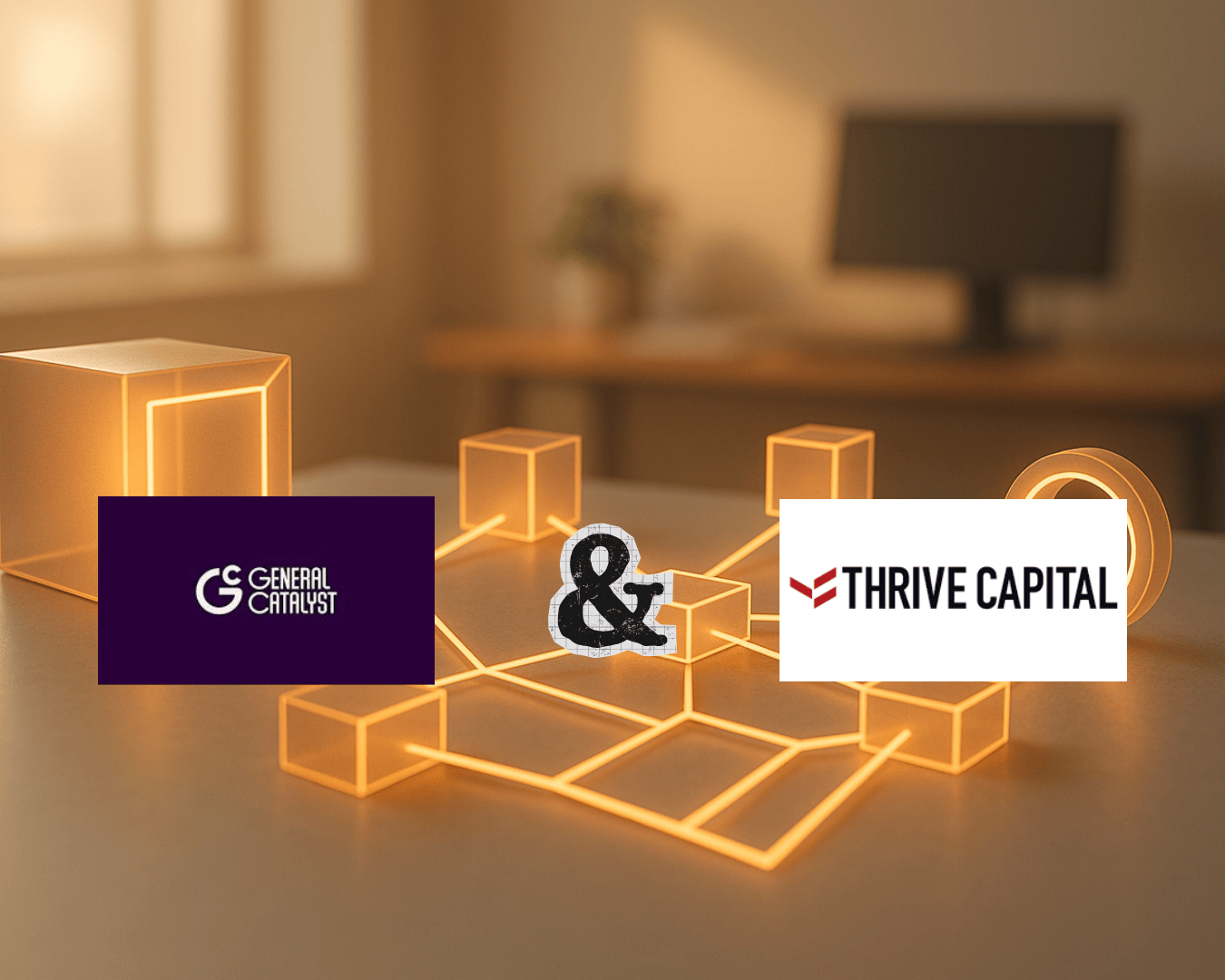
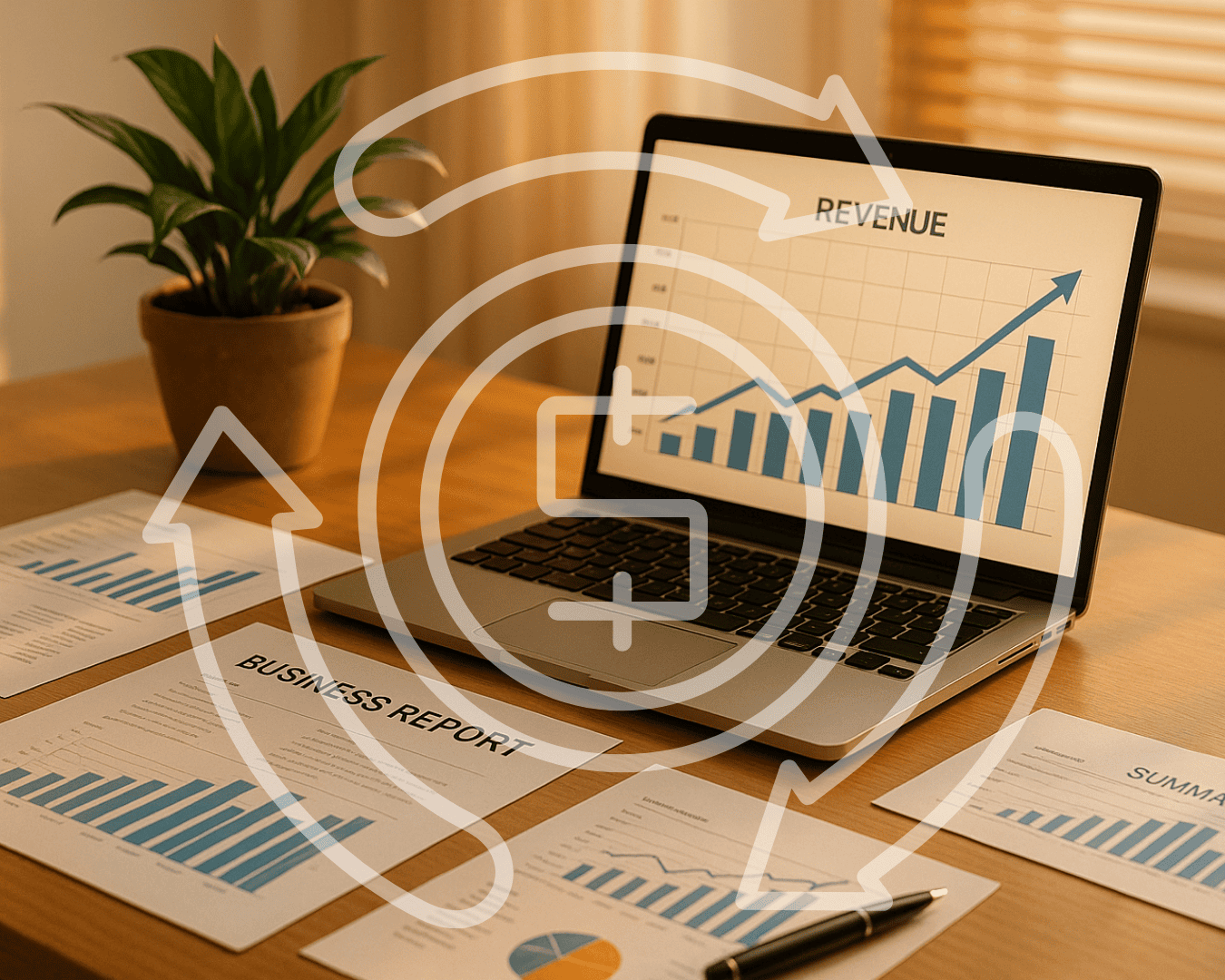










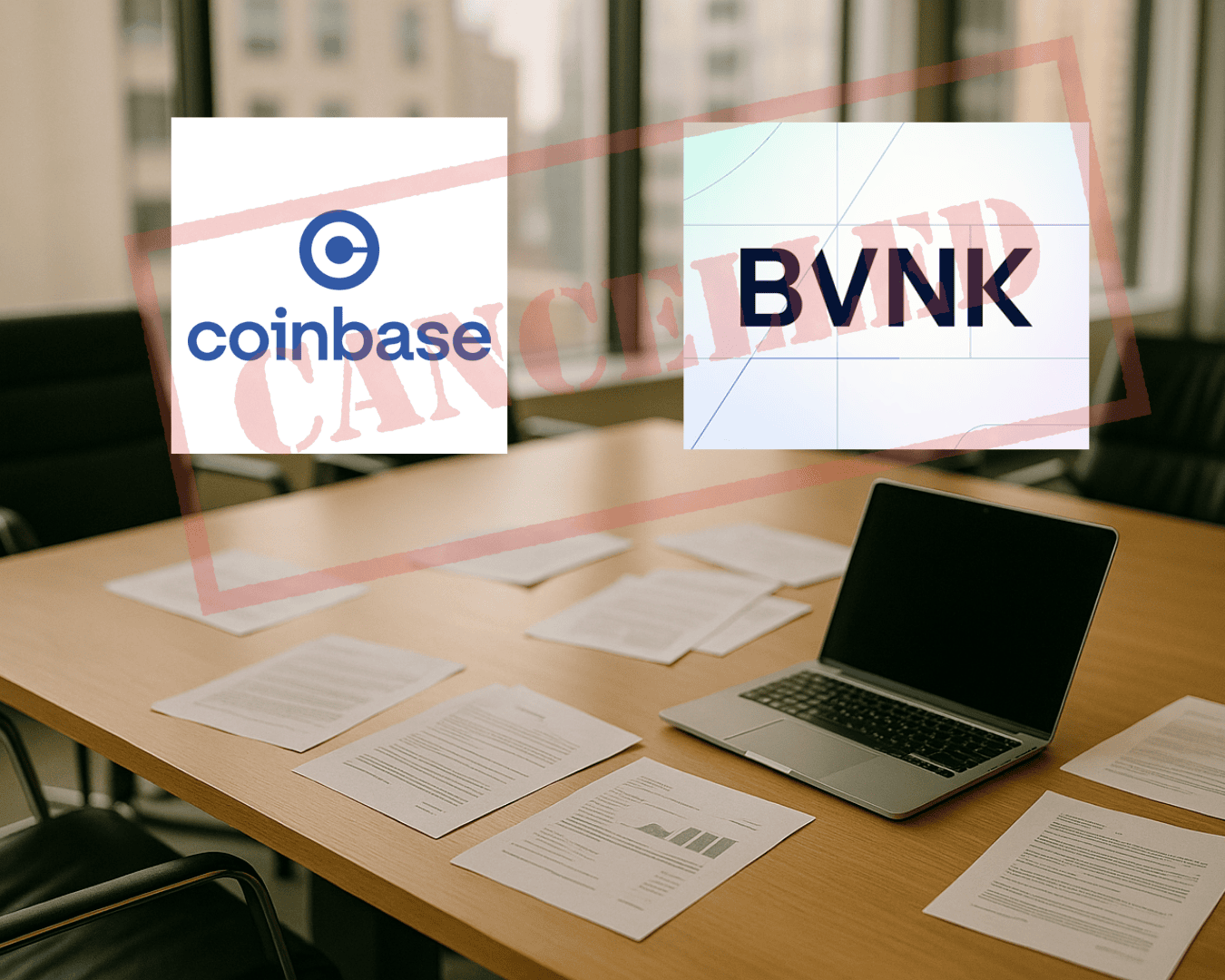









.png)

















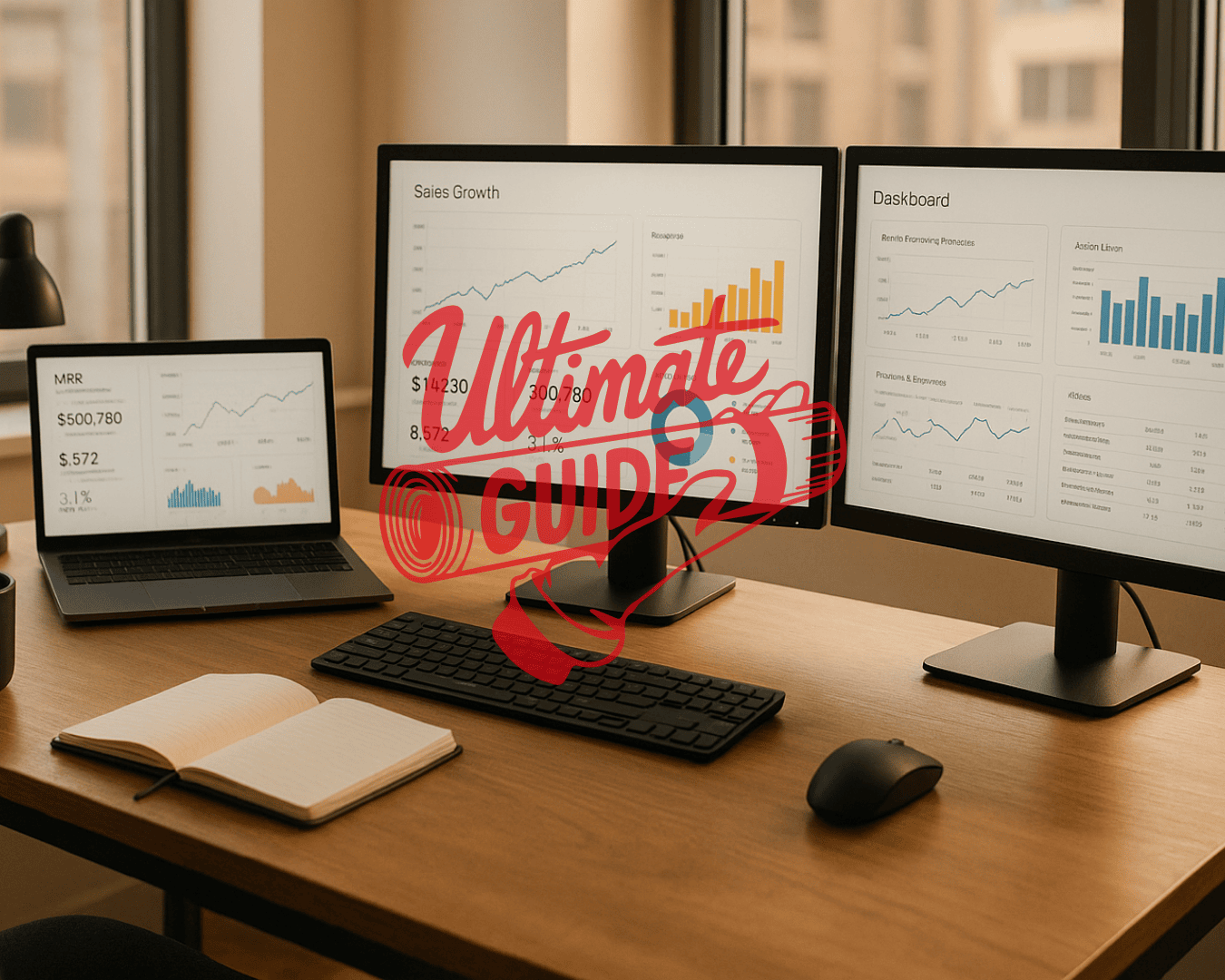




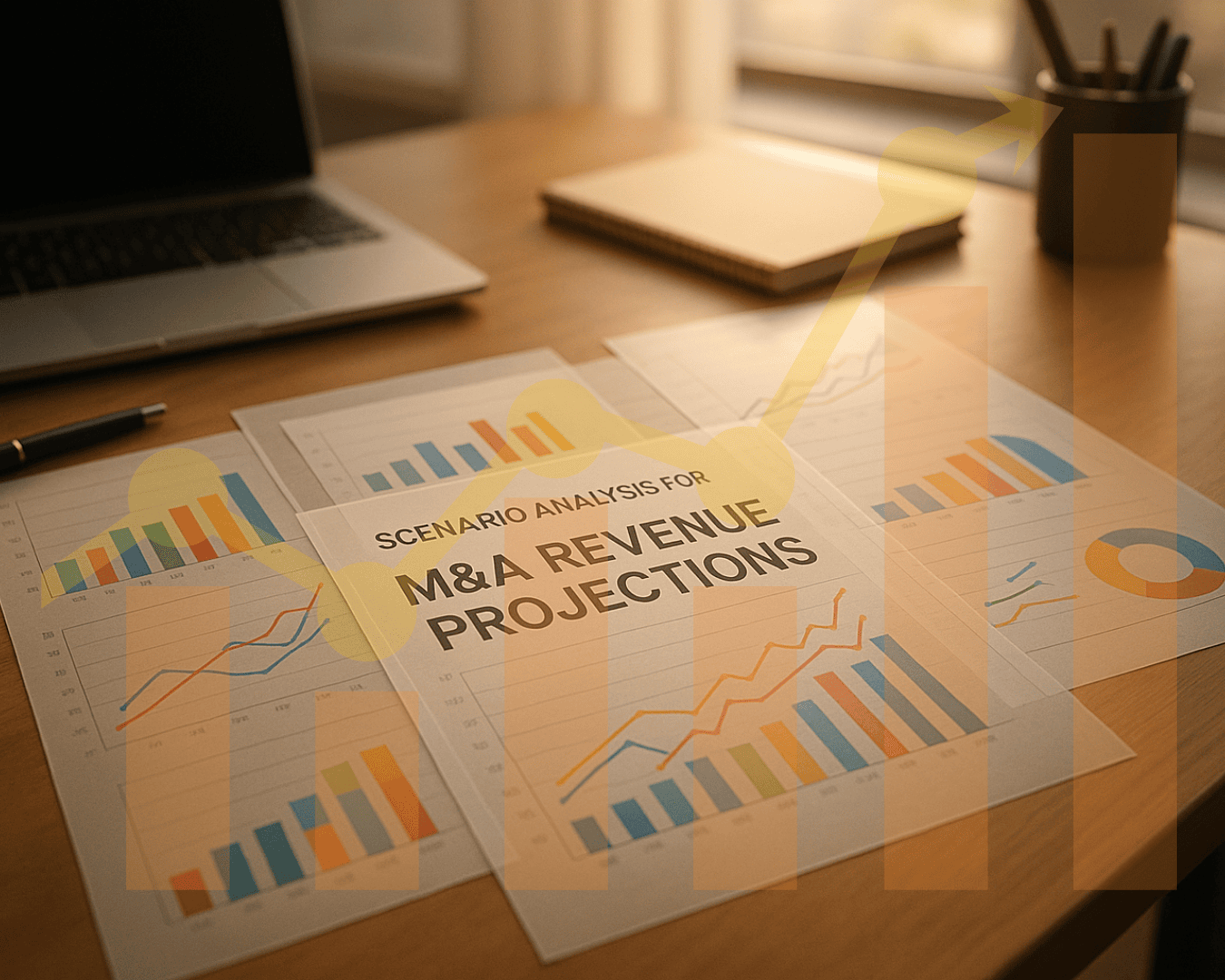





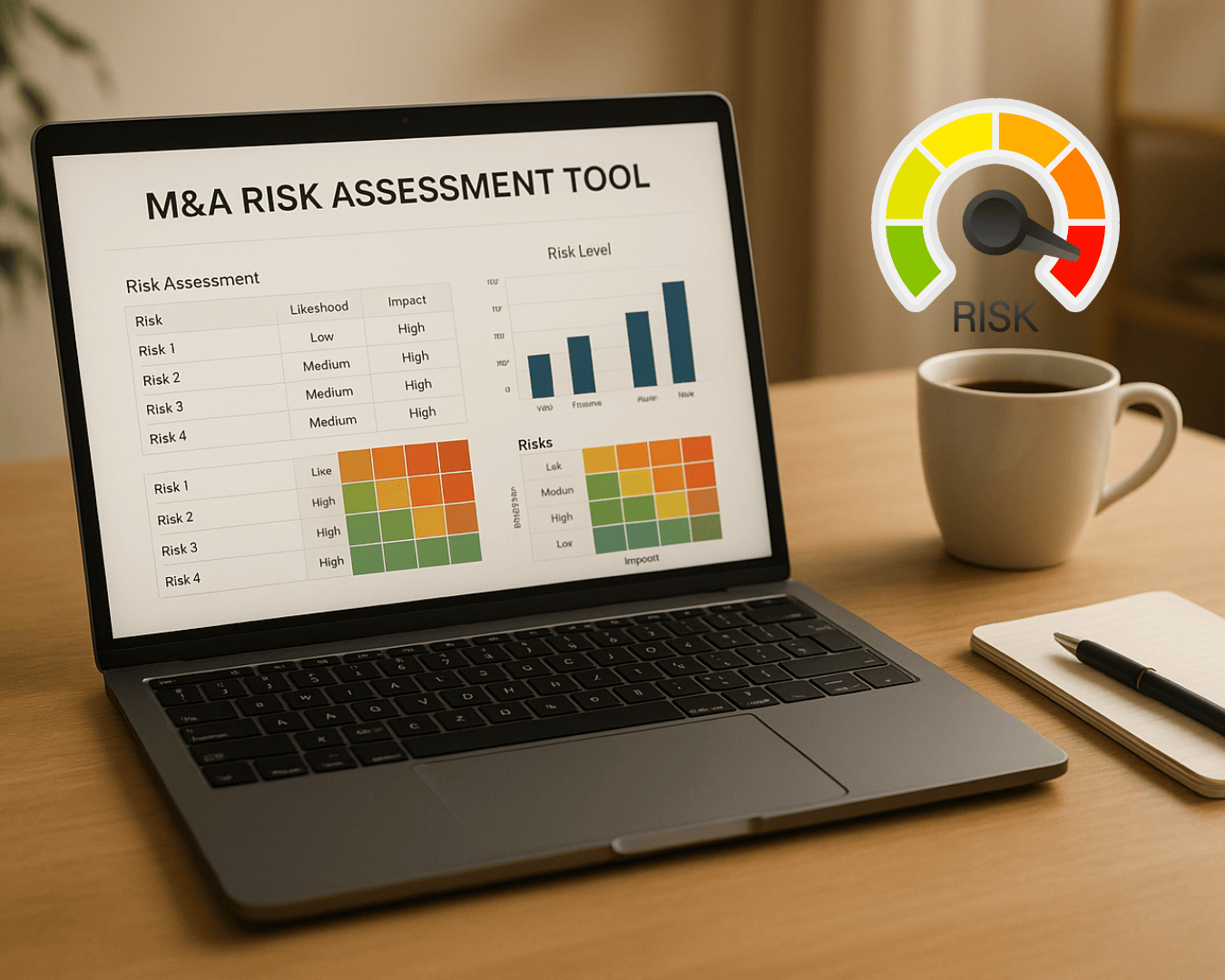


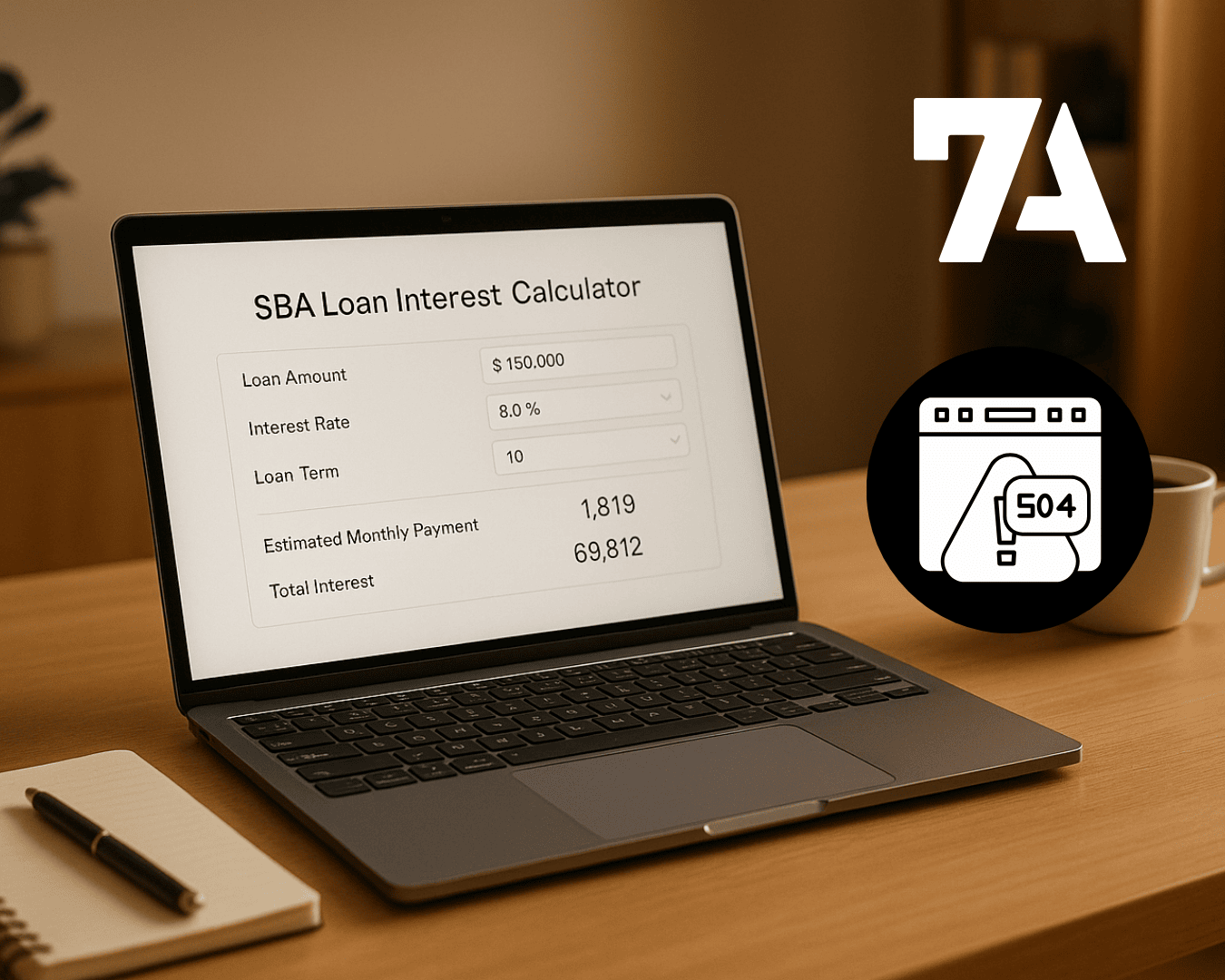








%20Loan%20Application%20Checklist.png)

